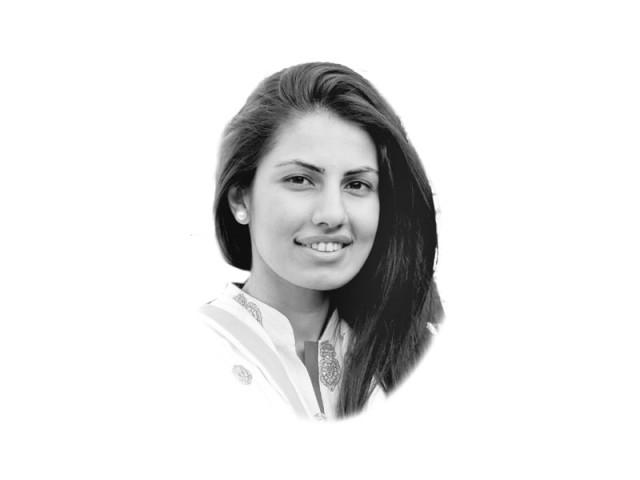Where’s our female narrative?
The power and influence of the female narrative in journalism is inevitable and dates back to the nineteenth century

The writer is a former sub-editor of
The Express Tribune and is now pursuing a PhD in women and peace journalism at the University of Wollongong, Australia. She tweets @ayeshahasan08
Over 90 per cent of the editorial content in Pakistani media comes from men. Our op-ed pages are no exception, echoing the male stance over and over again. For instance, rummaging through the last few days of op-ed pages in the three top newspapers in Pakistan recently, I discovered that 99 per cent of the op-eds were by male writers. Reiterating my utter respect for their opinion and deportment, I have to say I was not happy to see a male majority on the pages. I find this lack of female narrative from Pakistani print and online media extremely reprehensible.
The frequency with which the female narrative makes it to the Pakistani media, specifically the op-ed sections, is dichotomous with the liberal feminist theory. Not only is it way less than a minimum level that can be considered acceptable, there are instances when it is entirely missing; and the editors are clearly not doing anything about it.
The power and influence of the female narrative in journalism is inevitable and dates back to nineteenth century journalism. It has shaped public opinion and affected governments in the hardest and most improbable times, in some cases challenging and changing gender stratification in the media, like what happened in the 1980s in the Philippines. After the 1972 Martial Law in the country, female op-ed writers surfaced to create a stir in President Ferdinand Marcos’s government and policies. The country’s media, which at the time, boasted of being the ‘freest in Asia’, was witnessing something it had witnessed never before. Through their columns, these women writers turned tables on their interrogators and defied political repression, traversing the dictator’s fickle reception of their writing to an extent that the country’s largest newspapers started hiring more female writers for their op-ed sections. The 1980s saw the emergence of a handful of women editors, writers and investigative reporters in the Philippines that changed the shape of the media and the audience for times to come.
The Pakistani media needs to undergo a similar metamorphosis; especially now that women and their issues are at the centre of the government’s, the public and the media’s attention like never before.
Op-ed sections are a newspaper’s most powerful pages, reflecting what and who is important and what and whose voice matters; and those who are aware of the impact of what gets published on these pages know how words can shake governments, trigger debates and generate response from those the words are aimed at; and it’s no less than a pity that editors are keeping women away from such powerful pages of their newspapers, excluding them from becoming part of history and socio-political evolution.
At least progressive news organisations need to end this conflictual divide and put an end to a paradoxical media standing on gender representation, especially those advocating women empowerment and liberal feminism.
Published in The Express Tribune, March 4th, 2016.
Like Opinion & Editorial on Facebook, follow @ETOpEd on Twitter to receive all updates on all our daily pieces.













COMMENTS
Comments are moderated and generally will be posted if they are on-topic and not abusive.
For more information, please see our Comments FAQ